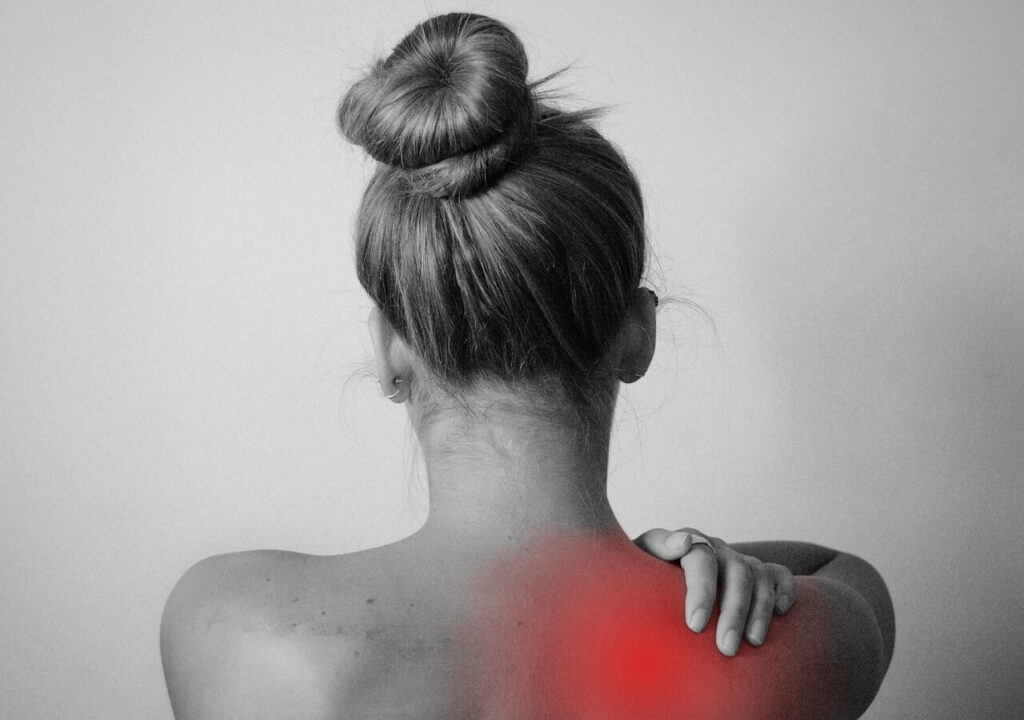Soothe Your Strain: Understanding and Managing Muscle Soreness Post-Workout
Feeling sore after a hard workout session is almost a rite of passage in the fitness world. This common phenomenon, known scientifically as Delayed Onset Muscle Soreness (DOMS), can range from a mild inconvenience to a formidable barrier in one’s training regimen. At Pledge To Fitness, we view understanding DOMS not just as a way to alleviate discomfort but as a cornerstone in designing holistic fitness programs that ensure progress, minimize downtime, and enhance overall well-being.
The Science Behind Muscle Soreness
DOMS typically occurs 24 to 48 hours after a particularly intense or unfamiliar workout. This soreness is a physical response to the microscopic damage inflicted on muscle fibers during exercise, especially during eccentric movements (where muscles lengthen under tension) such as downhill running or the lowering phase of a bicep curl.
Contrary to what some may believe, this muscle damage is not a negative outcome; it is, in fact, a precursor to muscle growth and strengthening. The soreness felt is part of the complex inflammatory process as the body begins to repair these tiny tears, adapting the muscles to better handle similar stress in the future.
Strategies for Managing and Preventing DOMS
-
Gradual Progression in Training
One of the key strategies for fitness is gradual progression in your exercise routines. Sudden increases in workout intensity or duration can shock the muscles and increases soreness. By progressively increasing the demands on your muscles, you allow them to adapt more efficiently, reducing the severity of DOMS.
-
Incorporation of Warm-Up and Cool-Down Routines
Implementing thorough warm-up and cool-down sessions as part of your workout can significantly impact your experience with DOMS. Warm-ups prepare the muscles for the stress of exercise, while cool-downs facilitate a smooth transition back to rest, enhancing the recovery process.
-
Hydration and Nutrition
Adequate hydration and nutrition play crucial roles in muscle recovery. Consuming protein-rich foods and drinking enough water supports the repair of muscle tissue and maintains the flow of nutrients necessary for recovery, helping to alleviate the severity of soreness.
-
Active Recovery
While it might seem counterintuitive to move sore muscles, gentle movement can increase blood flow and hasten the healing process. Activities like walking, yoga, or light stretching can be particularly beneficial in easing DOMS. There is also evidence that alternating between the intense heat of a sauna and the invigorating chill of a cold plunge (contrast therapy) can enhance recovery and decrease Delayed Muscle Soreness (DOS).
-
Massage Therapy
As an integral part of our holistic approach to fitness, the Pledge To Fitness team emphasizes the importance of massage therapy in managing DOMS. Massage therapy not only increases circulation, reduces muscle tightness, and decreases inflammation but also supports the muscle-building process by aiding in recovery after intense workouts. Moreover, it offers a rejuvenating experience that promotes both physical and mental wellness.
-
Adequate Rest
Finally, ensuring you get enough rest between workouts is paramount. This downtime is when the magic of muscle repair and growth happens. Overtraining without adequate recovery can lead to increased risk of injury and prolonged soreness, disrupting your training continuity.
Conclusion
Muscle soreness post-workout, though common, need not be an insurmountable obstacle in your fitness journey. With a well-rounded approach, including gradual progression, proper warm-up and cool-down routines, balanced nutrition and hydration, active recovery, and integrating massage therapy, managing and preventing severe DOMS is achievable. A skilled trainer can provide personalized guidance, ensuring soreness doesn’t hinder your progress, allowing you to advance with increased strength and resilience.



